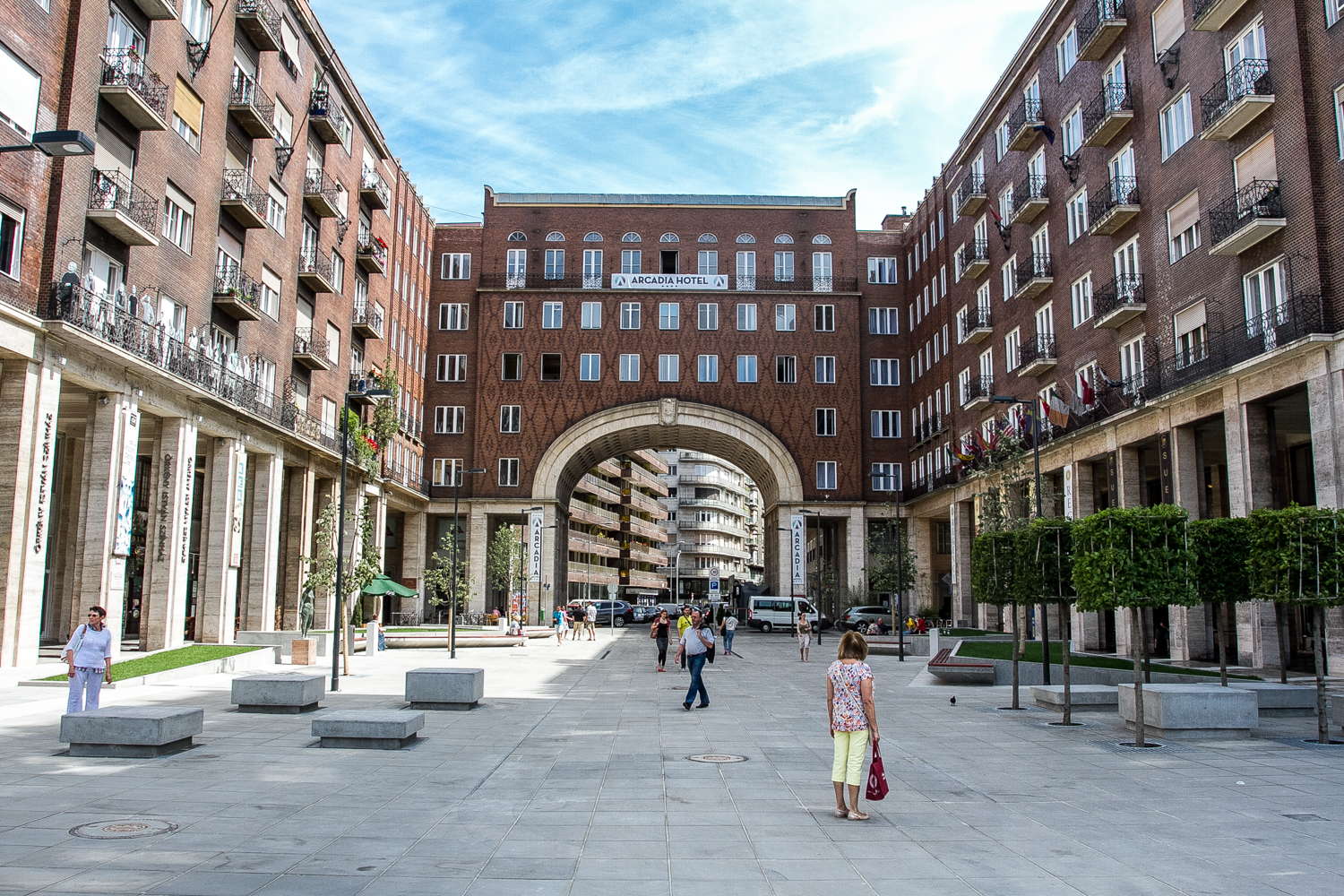In the '60s and '70s, it was perfectly normal for the city's most important squares to be converted into parking lots. This was not just a Hungarian phenomenon – for example, the square in front of Pompidou Center in Paris was covered with cars just a few decades ago. In the West, squares became transformed one after another as citizens reoccupy these areas, and the trend extended to Budapest in recent years – yet no one really understood how Madách Square could remain as a parking lot for so long, especially considering its location at the very heart of downtown Pest. At long last, this is no longer the case.
Positive signs
There is a strange practice regarding urban decisions that fundamentally impact the lives of citizens: some politicians come up with an idea for one reason or another, engineers begin planning to make it reality, and if too many people oppose the plans, they start over. Last year the city government of Istanbul decided to reconstruct Taksim Square and a nearby park, but this led to massive demonstrations.
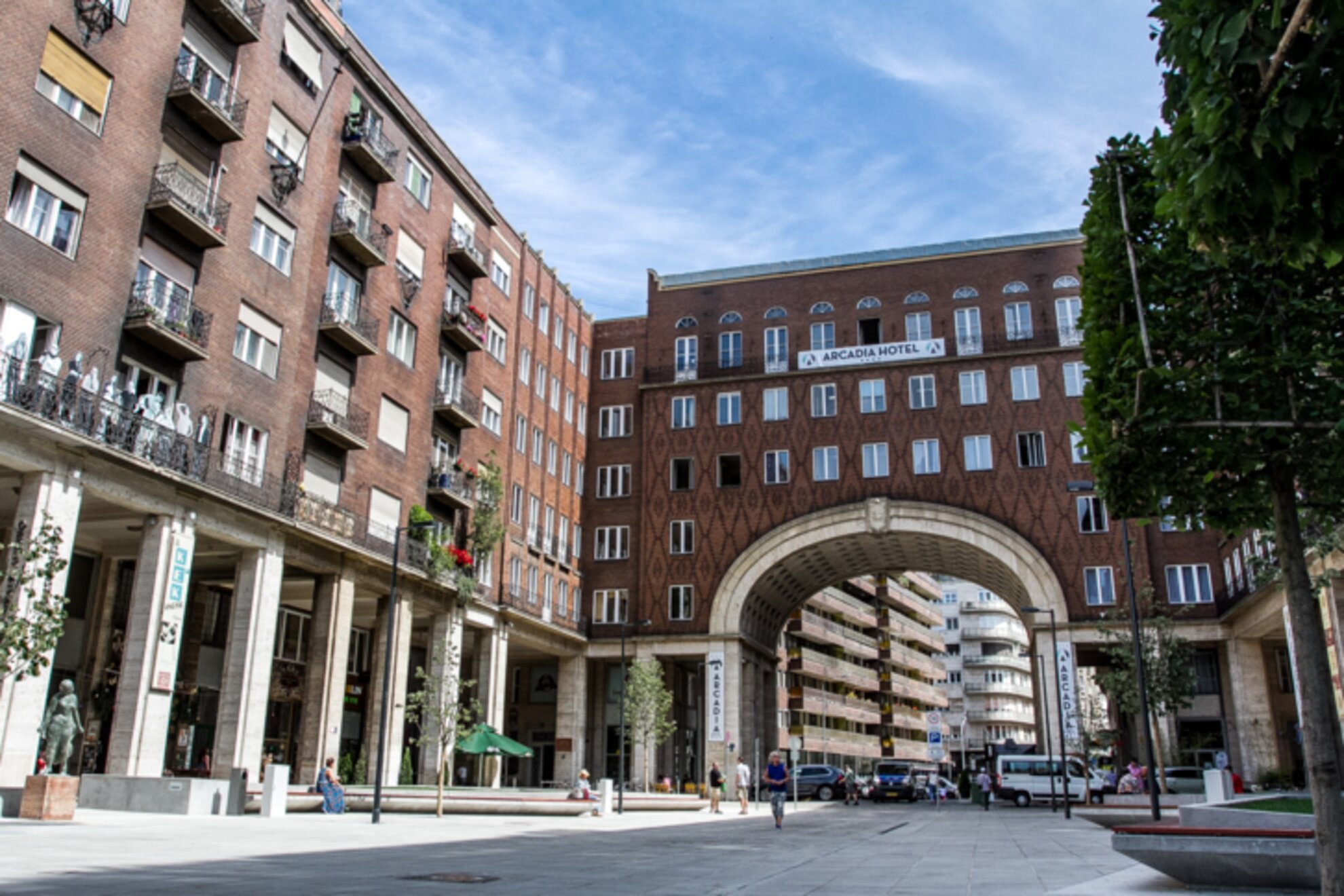
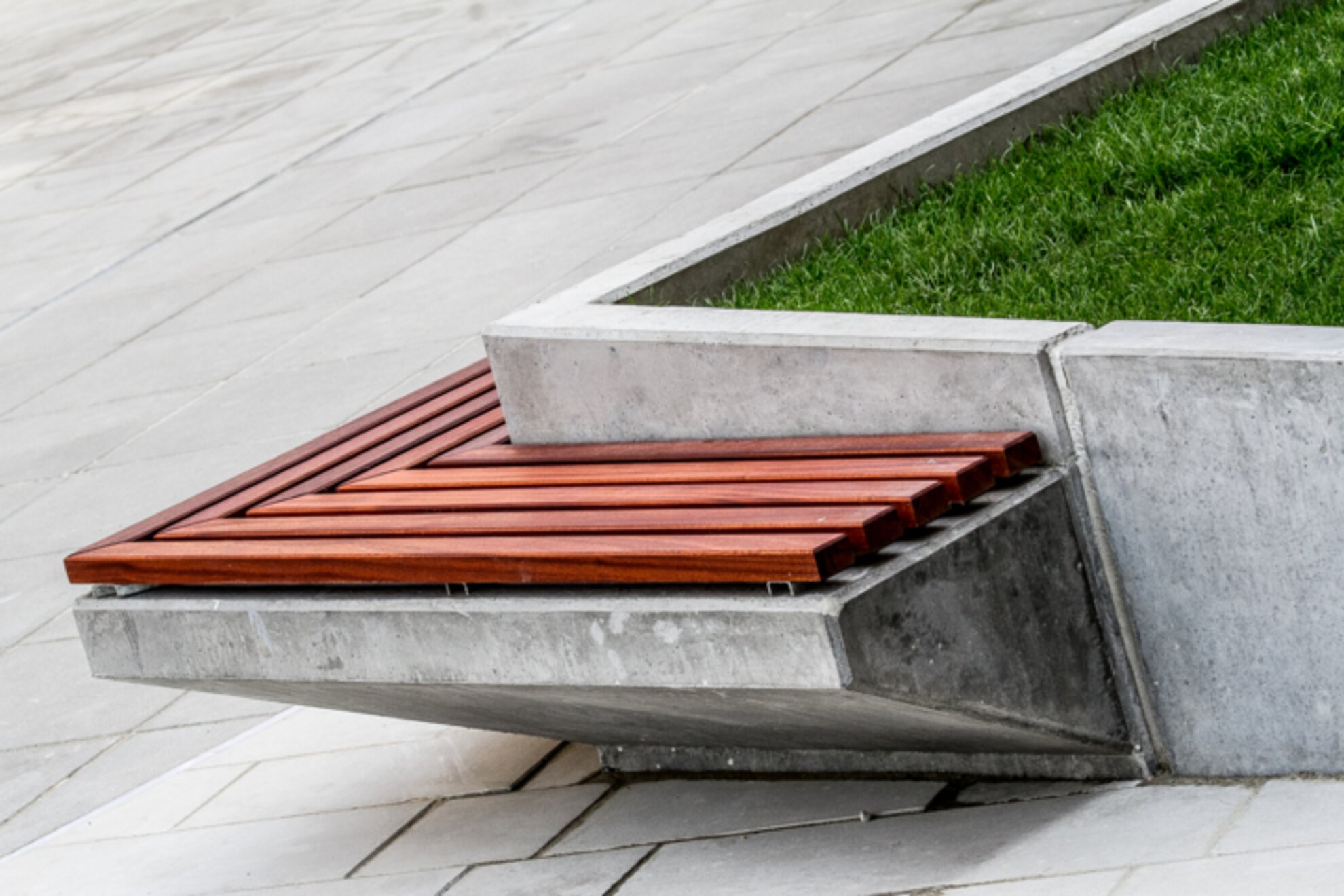
Although the top-down strategy is also dominant in Hungary when it comes to planning, Erzsébetváros presented a rather positive example by inviting entries for a competition and asking for the opinions of locals before redeveloping Madách Square.
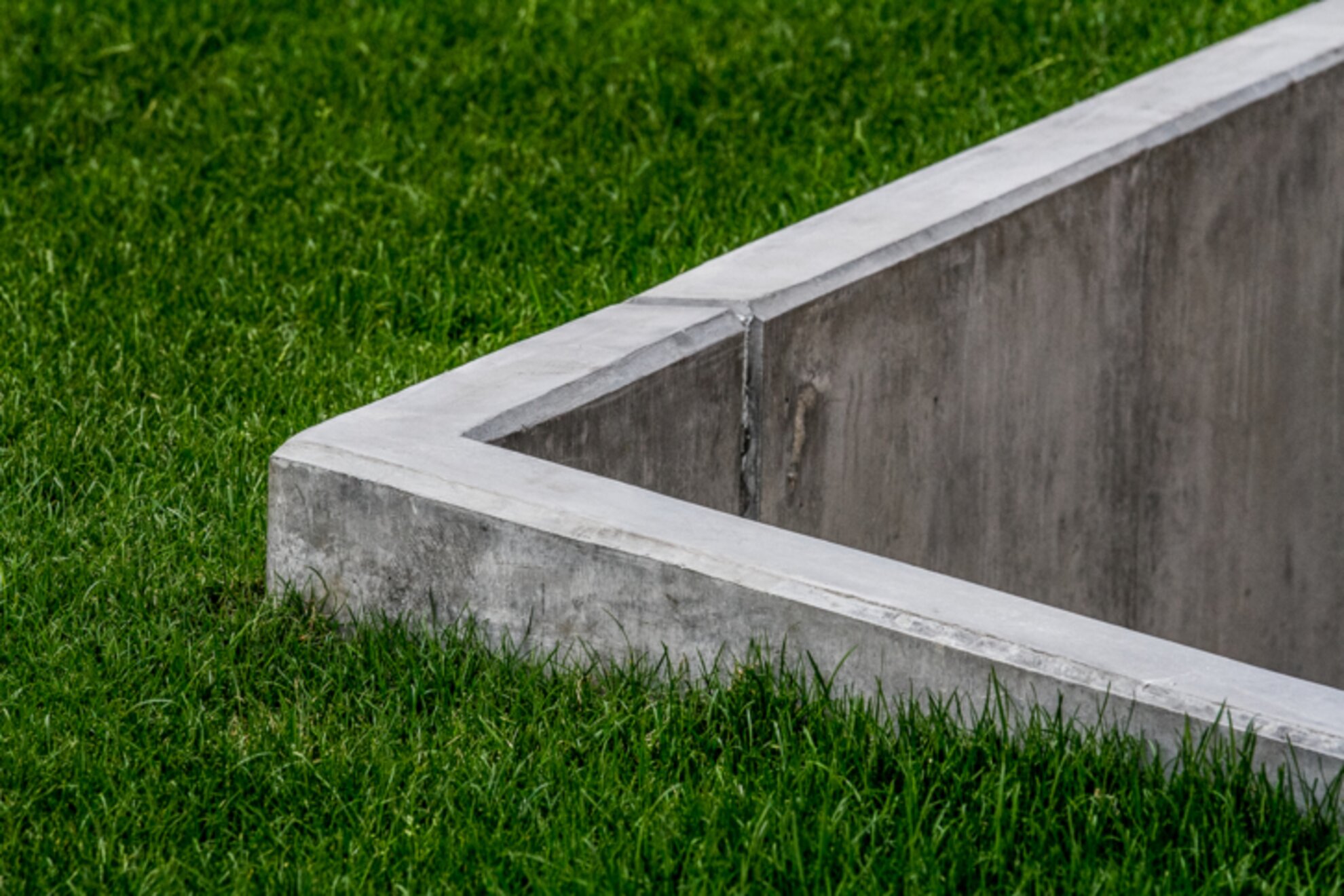
Although the city did not use the exact designs from the winning entry, the final blueprints included many elements from that plan, and many other entries as well.Before and afterRelatively few people know that the arcade-lined Madách Square, presided over by a huge arched gate, was supposed to be the beginning of an avenue roughly parallel to Andrássy Avenue, according to conceptual plans from the belle époque era. The plans emerged repeatedly over the decades, but ultimately were never used. However, those ideas would have been a fine fit for the massive brick building of Gula Wälder that was built in here the 1930s to envelop the plaza.
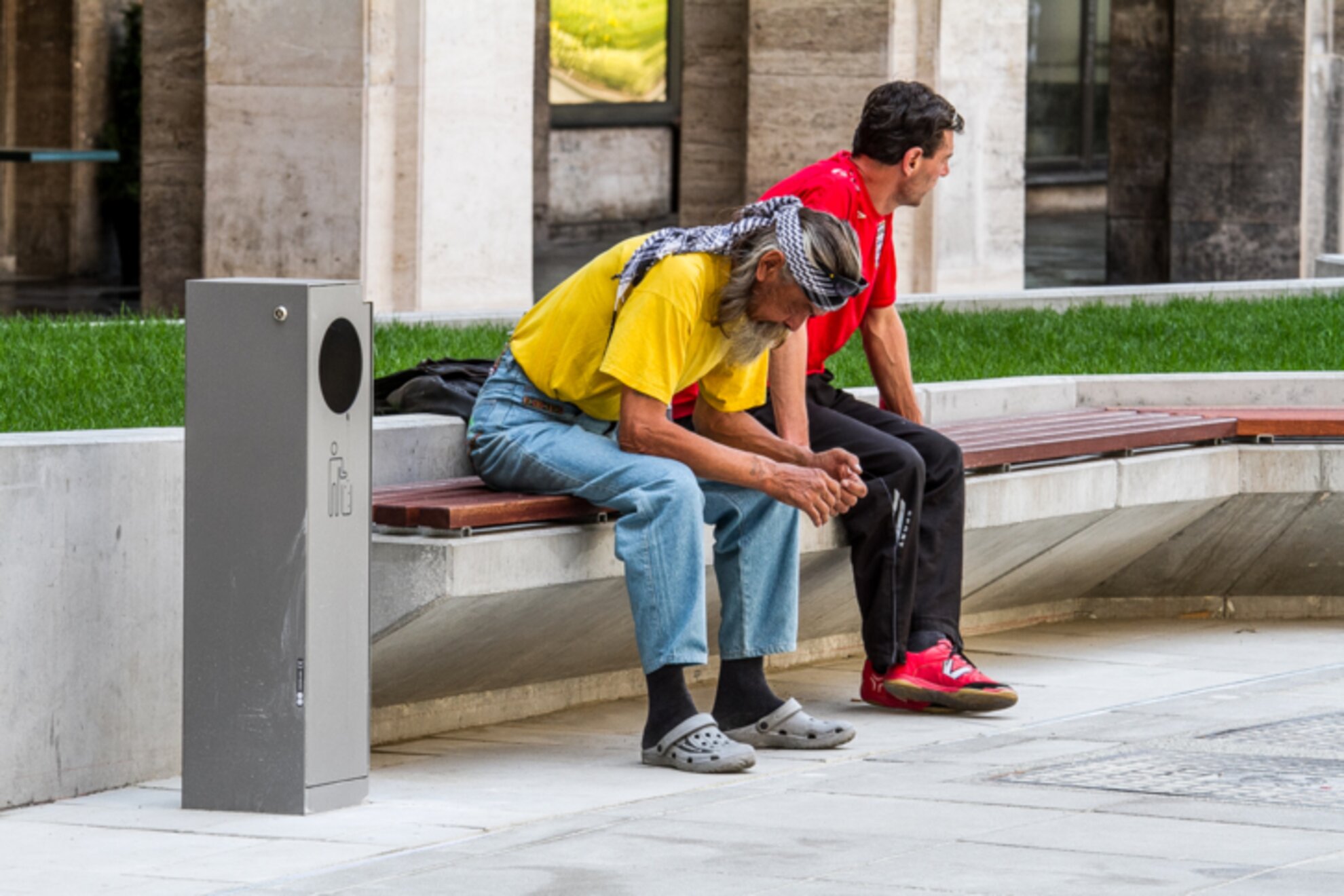
Despite its good location and the gradual renewal of the city center, the square became completely run down after being designated as a parking area, and the local parking mafia – down-and-out men vaguely resembling pirates, wielding rolled newspapers instead of sabers – started to take "protection money" from drivers that managed to find an open space; they might be the only ones who grieve the renovations.
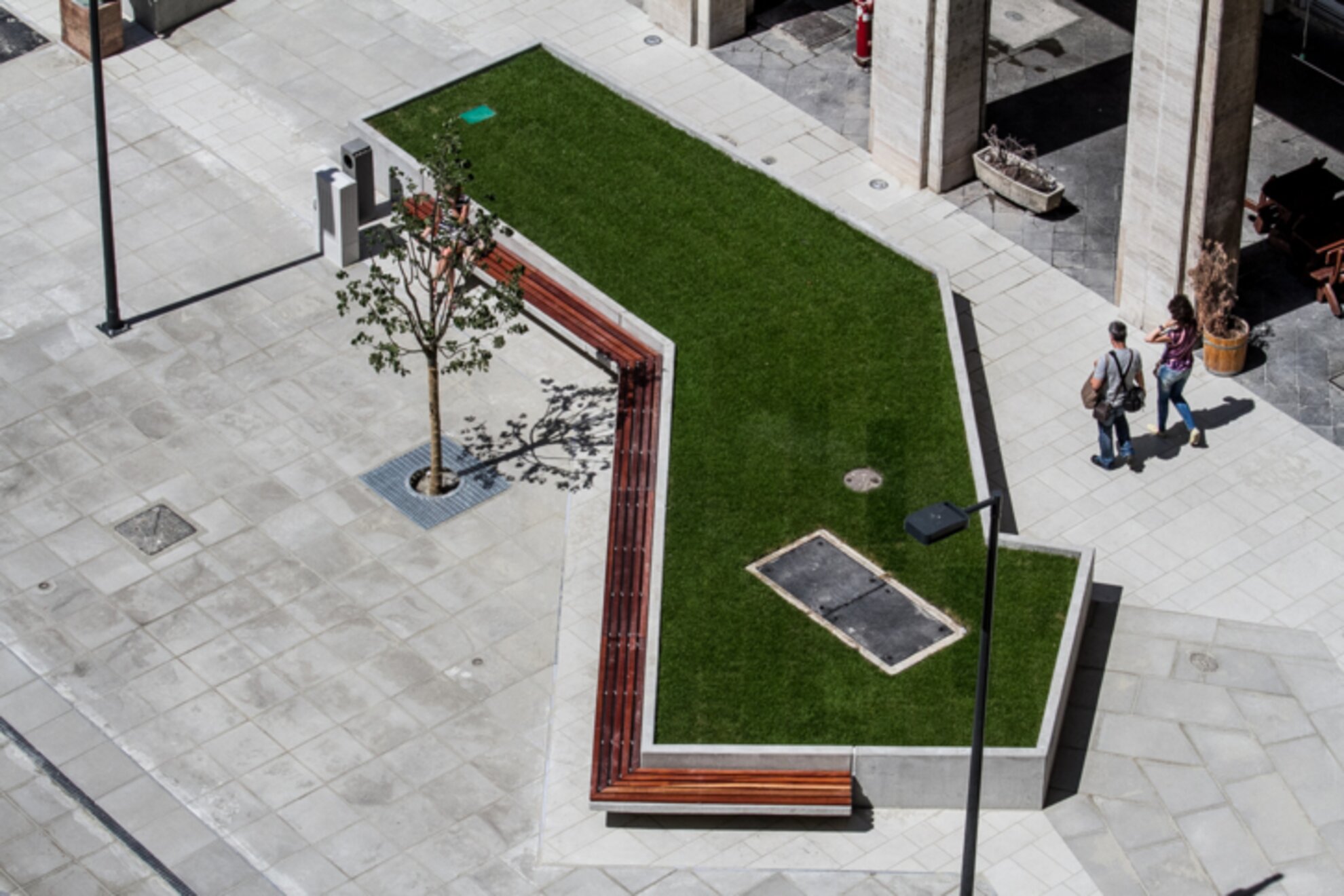
The refurbishment took only a matter of weeks, with the work perhaps aided by the lack of fresh plantings, a point that has raised the ire of many locals. It is a fact that Madách Square did not become a botanical garden, but instead it serves as a great meeting place and event venue. Even if we wanted ancient trees in place of every SUV that used to shade this square, this type of a renovation seems more deliberately designed for low maintenance. Luckily, there still are a few manicured trees and some concrete-framed grass patches to add greenery to the boulevard's image.
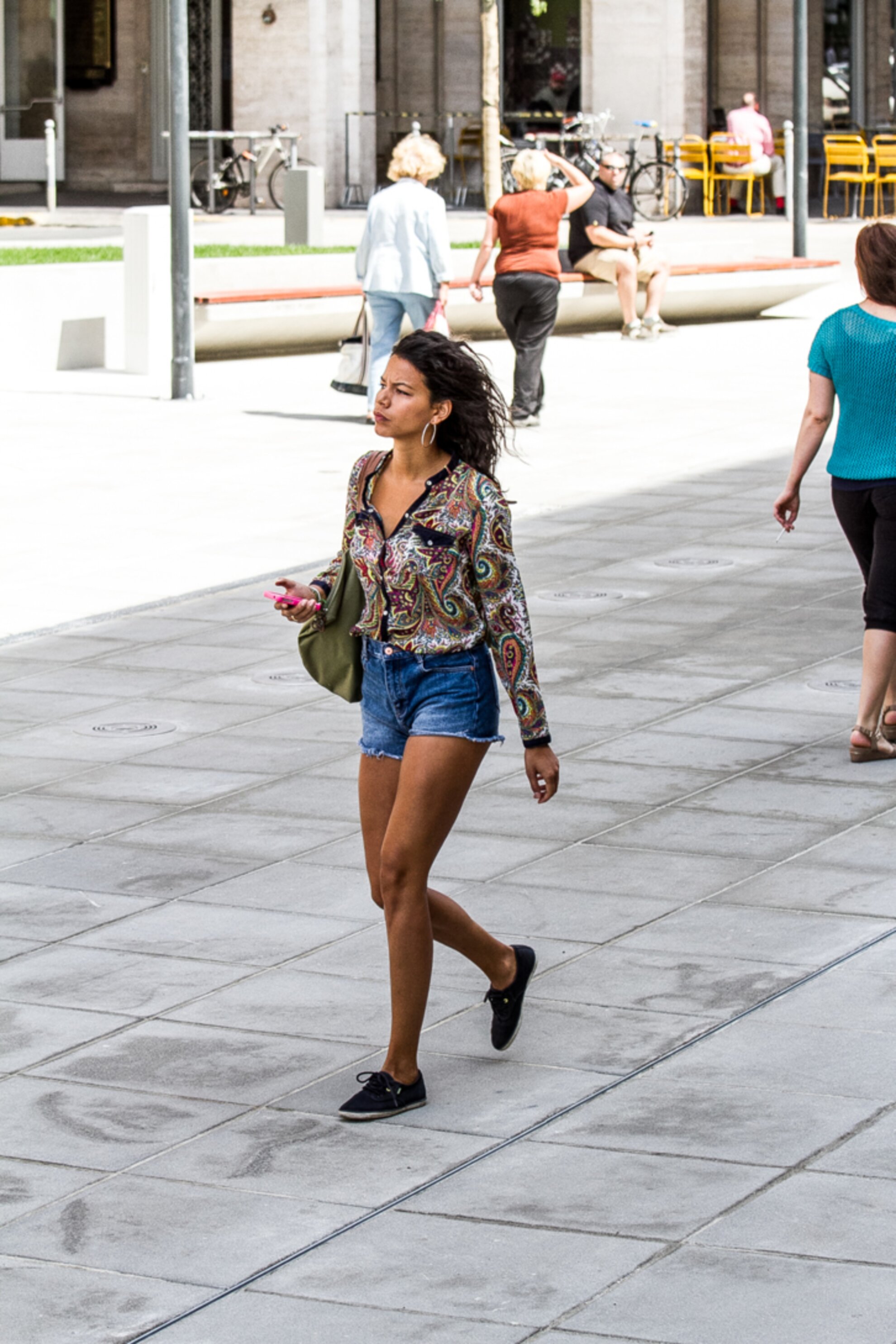
The most striking change is how lively the square became: during the day, many people sit down to take a rest here, and in the evening the place is clearly a popular meeting point next to the always crowded Deák Square or the corner of Király Street. A lot of people stop and look around; the most popular items here are the fountains – we probably do not have to explain why.
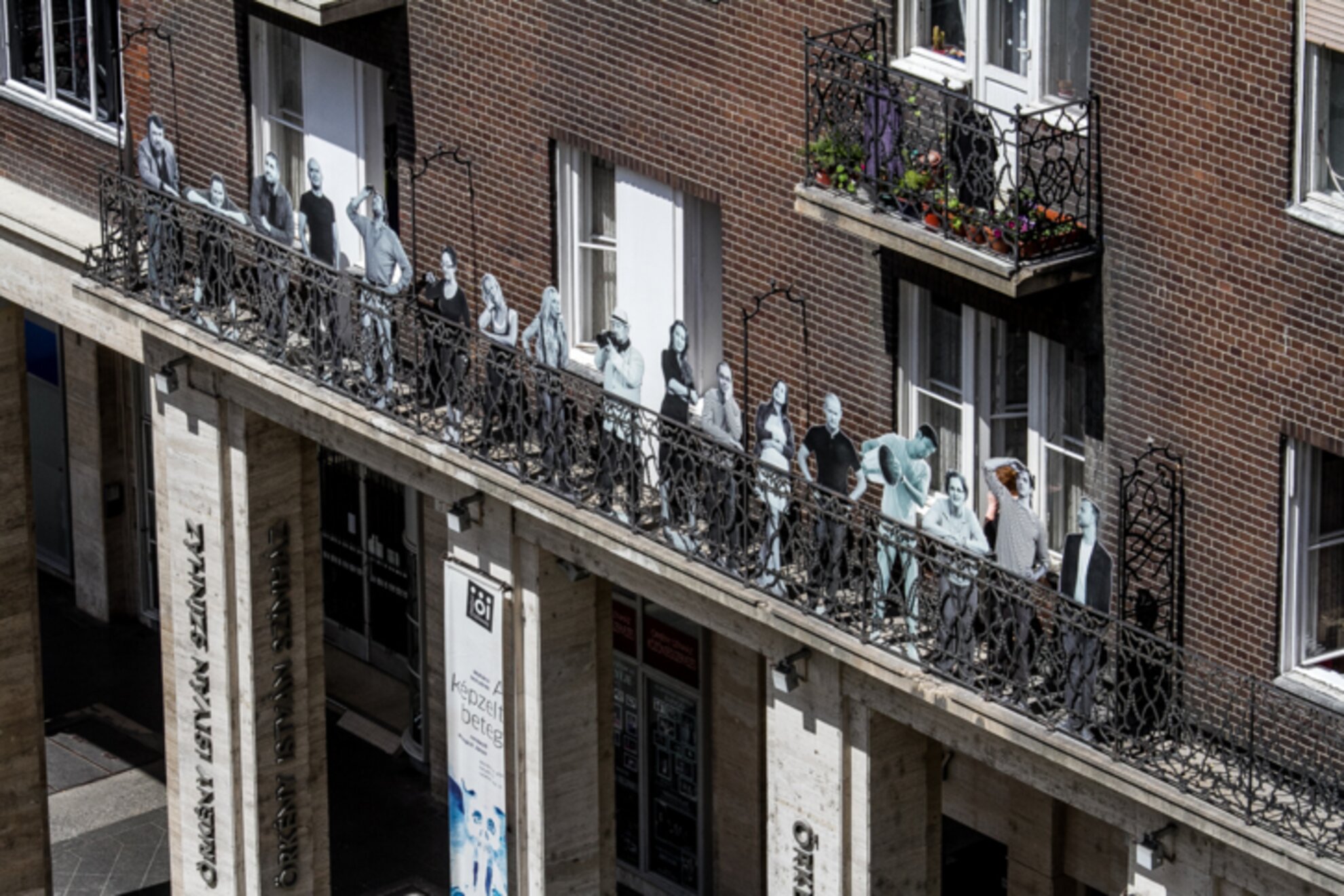
However, we must admit that the overall impression is a bit gray, which is primarily the fault of the unimaginative materials instead of natural stone paving.
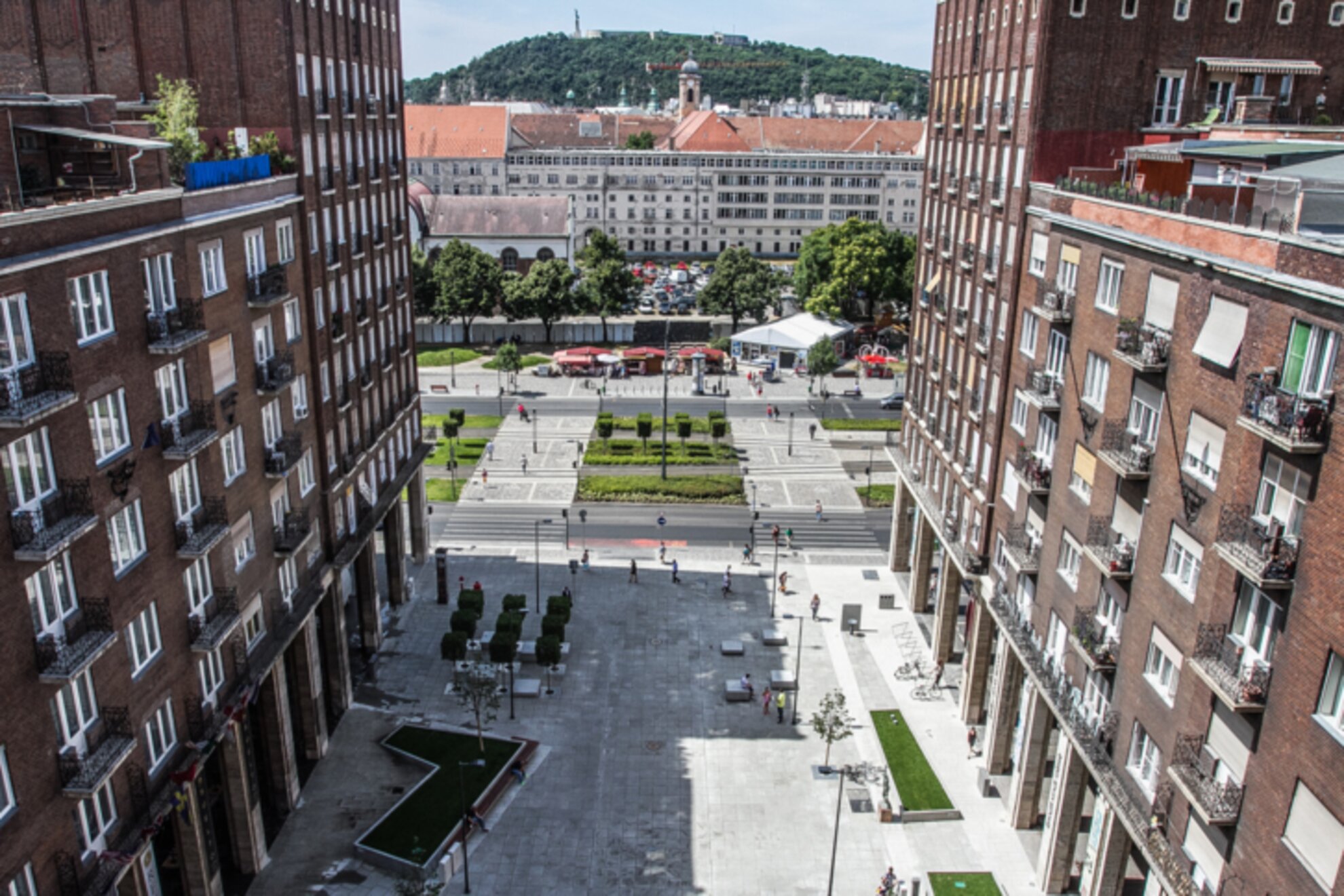
VerdictThis year, there have been a number of squares that underwent major renovation – three of them are already completed. Ferenciek Square received a makeover that transformed it into a place with cozy cafés and terraces, and with a less run-down underpass, and the space in front of Párizsi Udvar got an uplift in the form of wider sidewalks and pretty exciting paving pattern. Finally, Erzsébet Square was overhauled, yet did not change all that much, as the landscape architects retained the initial green-space value of the place.
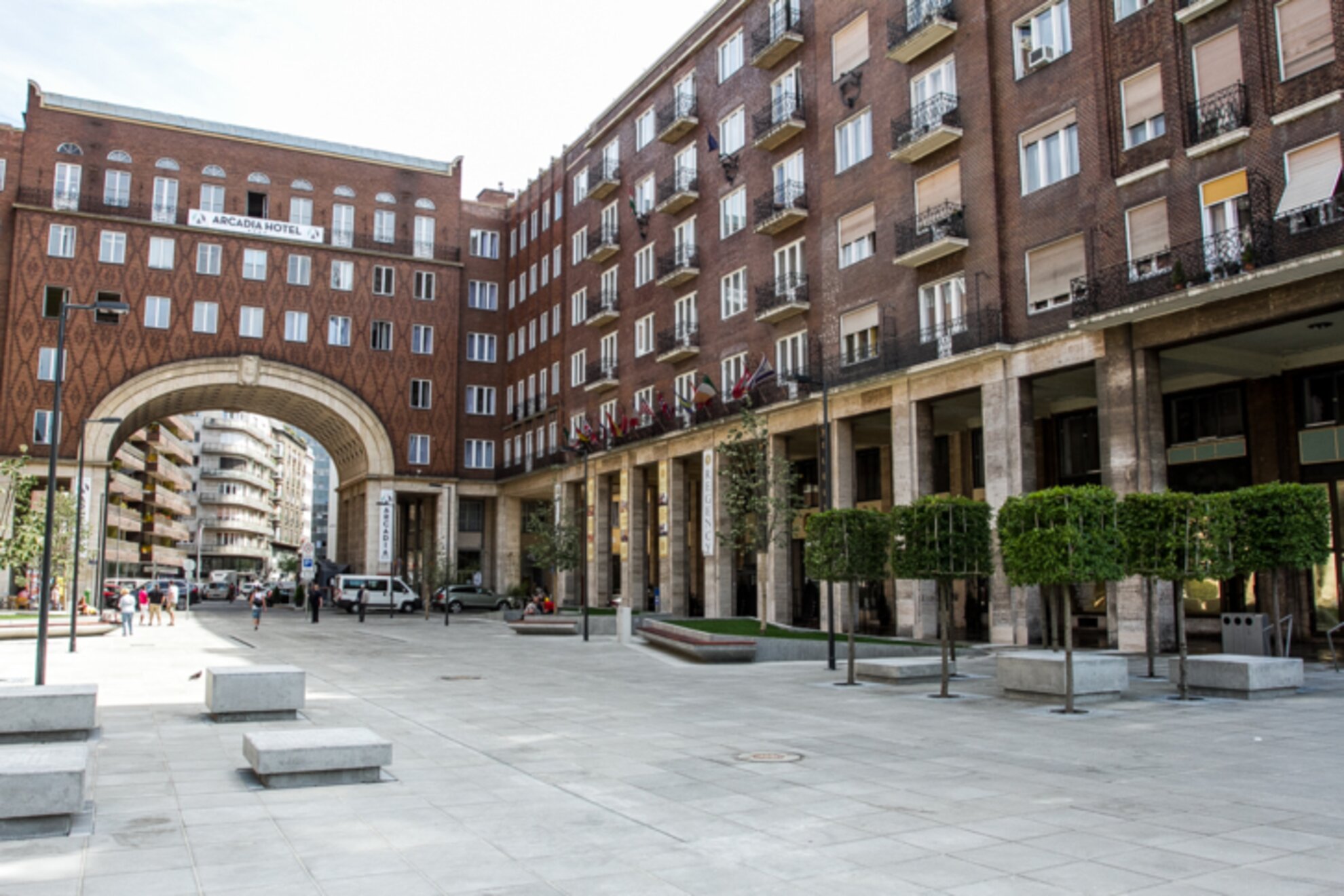
All things considered, we can say that Madách Square's renewal was a very timely move. Even though it should have been provided with some polished slab stones as paving, and the grayness could have been compensated with more green areas, it is now a functional center instead of a parking lot, which is a pretty nice switch.
